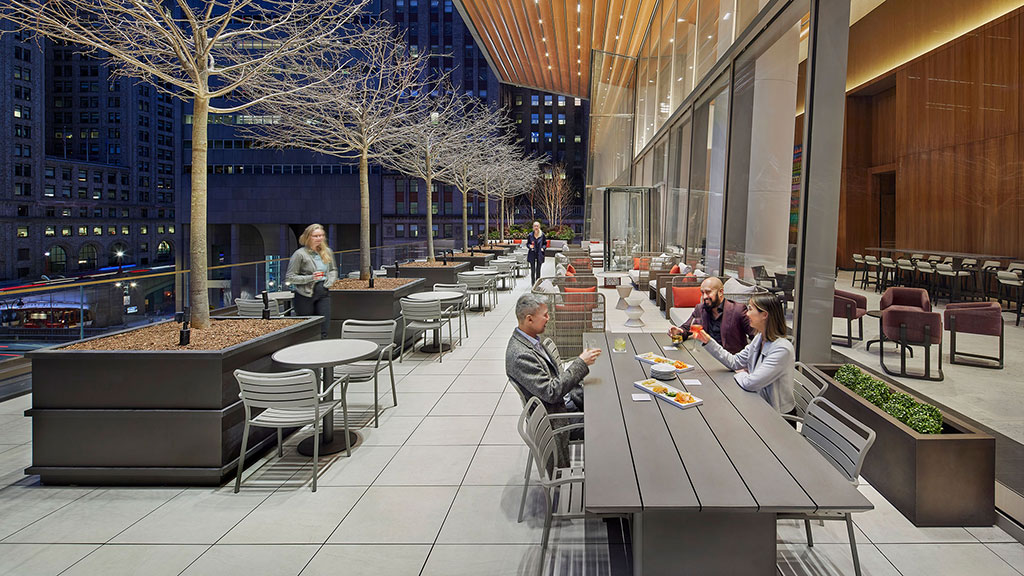Are People the New Workplace Amenity?
August 08, 2022 | By Janet Pogue McLaurin
Everyone seems to be asking, “What are the new workplace amenities that will bring people back to the office?” Before the pandemic, the best workplaces were becoming more choice-based and amenity-rich. However, we saw in Gensler’s 2019 workplace research that not all amenities were worth the investment. We uncovered that those amenities that deliver the greatest value directly connect to people’s needs and connect to innovation, making, and collaboration. At that time, the top amenities were innovation hubs, maker spaces, quiet/tech-free zones, outdoor workspaces, focus rooms, work cafés, and the tools to assist with the management of these spaces. After more than two years working remotely, some of these spaces and amenities are now baseline expectations, others like foosball and gaming rooms are even less valued, and new ones may be emerging.
People-Centered Amenities Are Key
The role of the office has changed. Per Gensler’s global workplace research, office workers cite that “working in-person with team/colleagues” is the number one reason to come into the office. And it was the top reason by industry, by generation, and by country, regardless of when we surveyed throughout the pandemic. In the U.S., connecting and socializing with coworkers were also important. Being with people may be the new workplace amenity — and the draw back to the office for those companies that haven’t already returned.
When many of us suddenly had to work remotely well over two years ago, we already had established personal and professional relationships with our colleagues. We understood how they thought and what each person needed from each other to work as a cohesive team. We have all missed the informal collisions and opportunities to build trust, learn cultural norms and values, and strengthen existing relationships naturally just by being together. Many companies have hired a number of new employees during the pandemic who we are still getting to know. These new employees have often missed out on learning, coaching, mentoring, and relationship building except through Zoom. As companies return to office, spaces to foster connections, networks, and relationships will build social capital within and between teams. This social capital, in turn, promotes trust across an organization — a key ingredient for innovation.
Design Implications: Simply providing a work café for employees is no longer enough. Today’s workforce is craving amenities and tools that foster community, connection, and collaboration, and that support their overall health and well-being. Offer a variety of people-centered amenities such as community-focused events spaces, impromptu huddle rooms, scrum spaces, maker labs, and respite rooms. Also consider multimodal spaces, such as a work café that doubles as a place to socialize and network or relax and focus. Utilizing a space management tool can assist with measuring the demand and use for these spaces so organizations can better understand the current need and anticipate the future demand.
Don’t be limited to spaces within the tenant space, but encourage use of surrounding neighborhood amenities such as walking meetings, convening in nearby parks or rooftops, and socializing in the neighborhood coffee shop or café — as these are often the preferred places for mentorship, unplanned meetings or socializing. JLL research shows that by 2025, properties that incorporate a diverse roster of amenities will experience 12% higher demand from tenants versus their plain commodity counterparts.
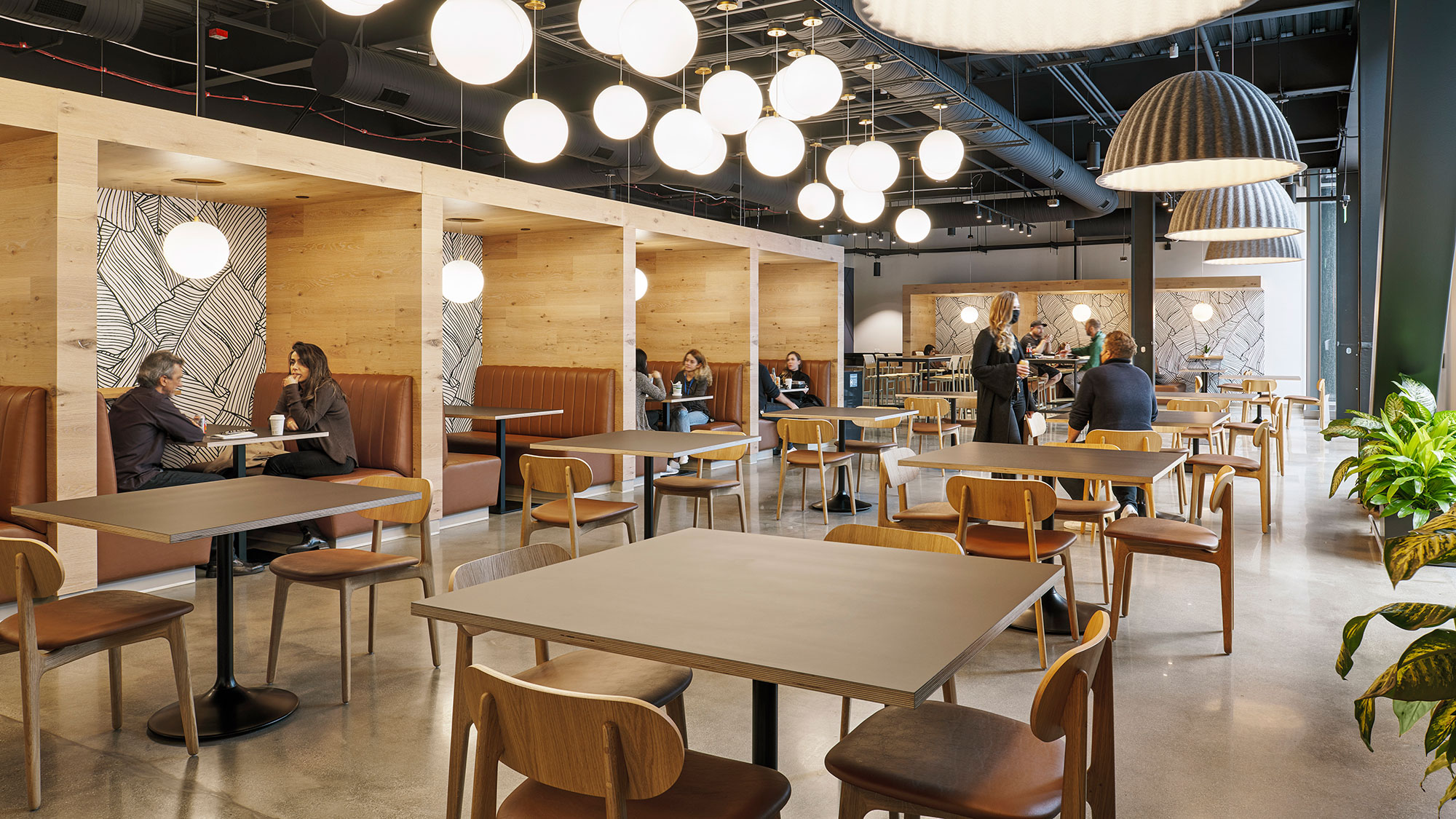
Being Alone Together Is Equally Important
In our global workplace research, we also saw another interesting reason to return to the office — “to focus on my work.” Coming to the office to work alone for deep concentrative work activities was the other top reason in every country that Gensler has researched. In fact, after “working with my team/colleagues,” it was the second most important reason cited in China and India. In the U.S., we found this particularly important for top-performing companies, as well as younger generations.
Design Implications: Focus requires spaces where people can deeply concentrate with minimal unwanted noise, visual distractions, or interruptions. Some companies are experimenting with established times for no calls or meetings to create select timeframes for deep focus work. Others are relying on focus work to occur at home before coming to the office. Not everyone can focus at home and deep concentrative work occurs throughout the day. As employees envision new ways to work and how to better support how they work best, providing access and setting up a way to easily access private spaces has never been more important. Perhaps it is time to “flip the script” and provide open spaces to collaborate with ample private spaces for deep concentrative work. Places to focus are not amenities, but a critical attribute of the post-pandemic workplace.
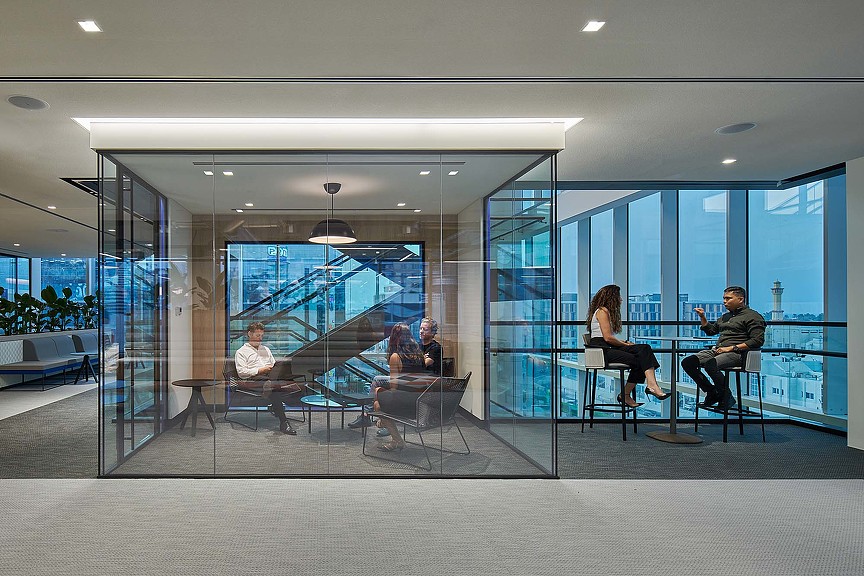
Amenities Are No Longer Optional
Amenities are no longer “nice to have,” but essential attributes of a great workspace. They are crucial to the work experience and an integral part of the workday. Today’s “amenities,” such as enclosed focus rooms for privacy, innovation hubs and labs for intense interactive group work, and quiet/tech-free zones for reflection and well-being, have become part of the workplace ecosystem of places to choose to work at the office.
Younger generations, in particular Gen Z, view “third places” as essential places to work as well, often preferring these spaces instead of office environments for socializing, getting/receiving in-person feedback on project work, and for unplanned meetings. Third places can be in the neighborhood, such as coffee shops, parks, libraries, and outdoor spaces. However, we are increasingly planning these types of spaces as shared amenities in buildings and campuses as an extension of the workplaces to work both in and out of the office. These include working lobbies, terraces, rooftops, interior spaces open to the outside for fresh air, activating spaces between buildings, and opening up part of the ground floor to create third places within existing buildings.
Some landlords are creating standalone amenity buildings shared by tenants in their office parks. Large tenants (such as Verizon at The Hub on Causeway in Boston) are starting to relocate to mixed-use developments to be part of a vibrant community with a rich array of amenities and tools to support them both in their office space and in the neighborhood to attract and retain talent and provide even more reasons to come to the office, build relationships, and work together.
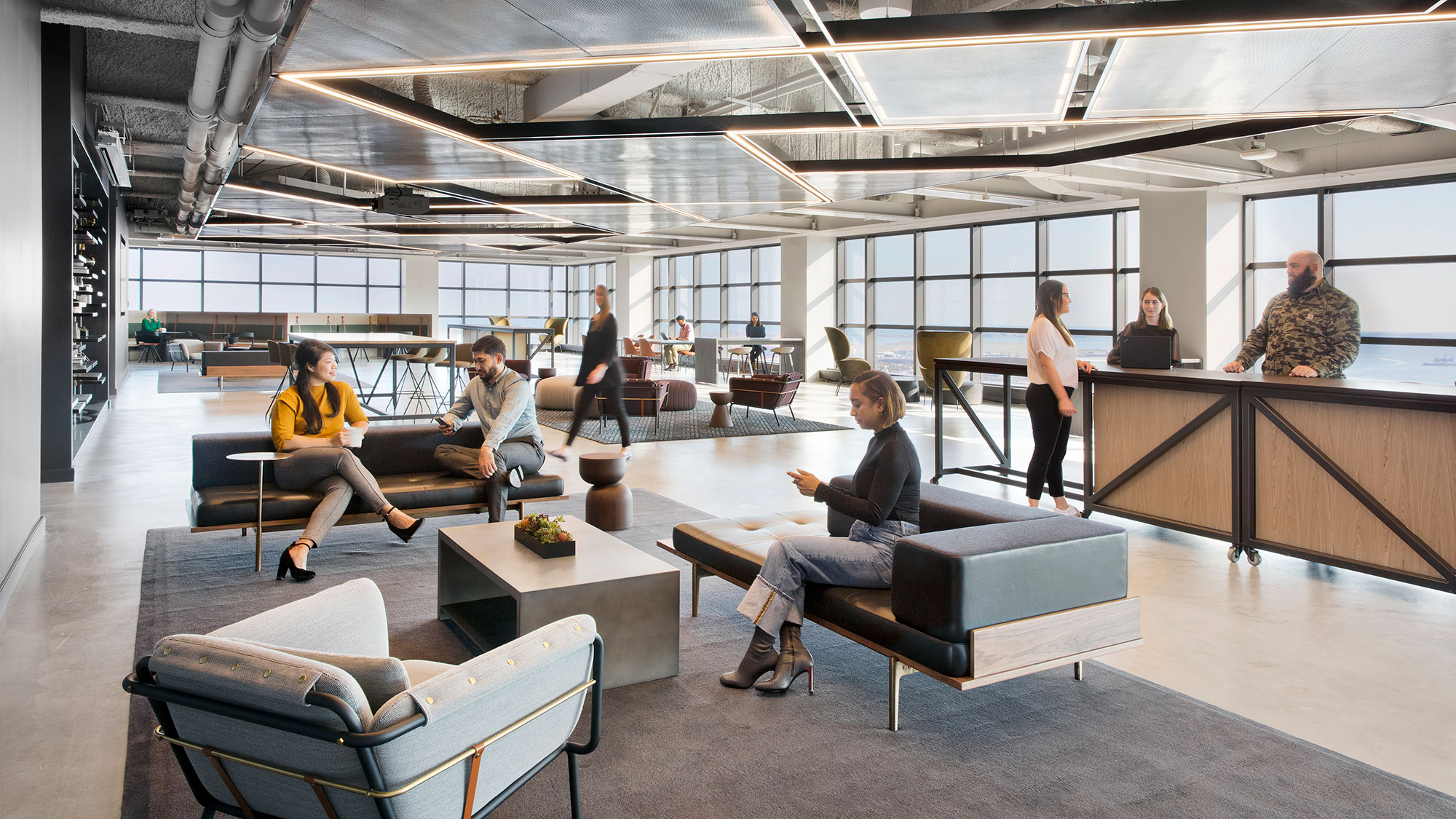
The newly renovated Willis Tower also boasts a range of amenities that extend to the surrounding neighborhood — including a 30,000-square-foot rooftop public park, conference center, food hall, and communal space for tenants. For Blackstone Properties, amenitizing Chicago’s iconic building appears to be paying off. The newly renovated tower is filling up with high-profile tenants, and Catalog, the reimagined base, is already 70% leased.
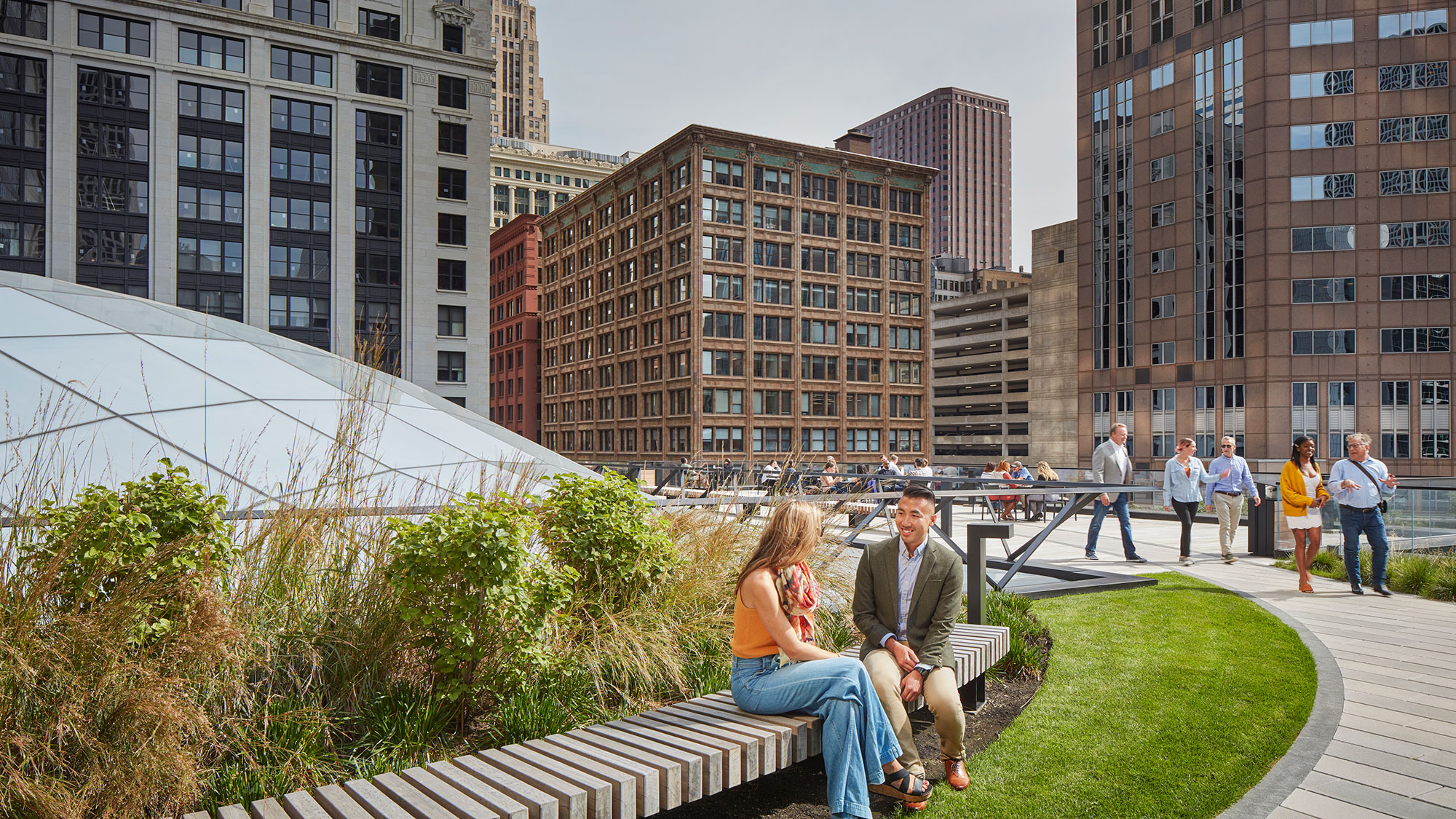
Compelling Work Experiences Should Be for Everyone
The pandemic has fundamentally changed how we work and our expectations about work. There is a new awareness of how we each work best — both individually and collectively. This is shaping new expectations about the physical workplace itself and how we manage the spaces in it. To draw people back to the office, the new post-pandemic workplace must provide a compelling work experience that people cannot get working remotely. The office must be a destination, not an obligation.
There is huge variance in employee preferences on what work experiences are most compelling and what amenities are most valued. They vary based upon why people are coming into the office, how often, the length and type of commute they have, and even their life stage of life. Ask your employees and measure what is important for them and create a comfortable, flexible, and inclusive environment where all employees feel supported. Inclusive design can help deliver great experiences and support working styles for a diverse, multigenerational workforce. For example, as my colleague Brian Stromquist writes in his recent blog, libraries can take on heightened importance as tech-free, distraction-free zones — especially for neurodiverse employees for whom workplace distractions are a real impediment. Similarly, wellness rooms can find new life as sensory spaces for everyone.
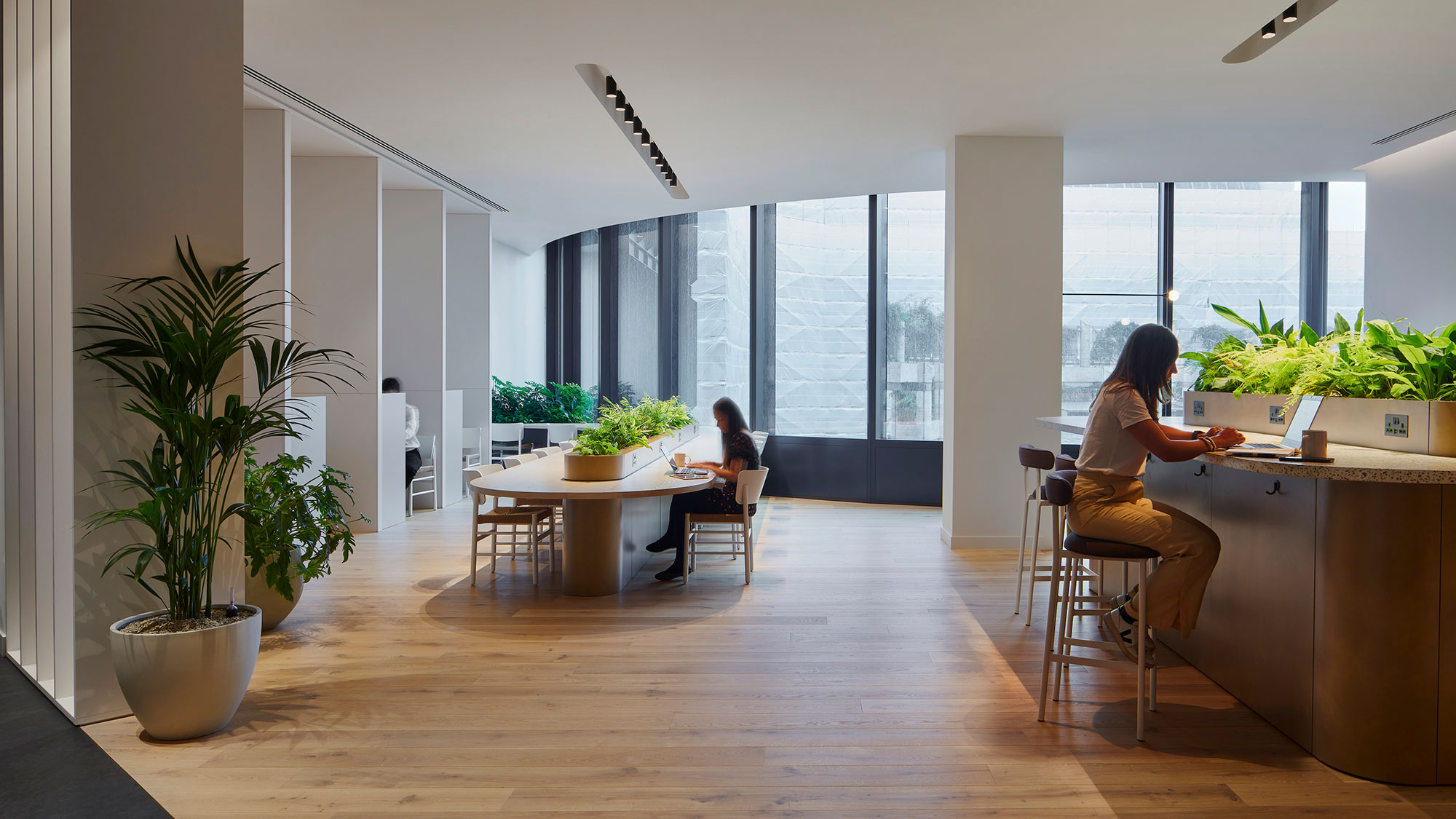
Design Implications: Create an ecosystem of places to work, reflect, and socialize — both in and out of the office. Landlords and developers should rethink common areas to activate lobbies, terraces, and rooftops as well as outdoor spaces between buildings for people to use. Consider activating or opening part of the ground floor to create ‘third places’ within existing buildings to invite both tenant and neighborhood use. Companies can create their own “third places” within their workplace by creating a variety of different types of spaces beyond the typical breakroom or conference rooms for people to connect one-to-one, work in groups, or simply relax and enjoy.
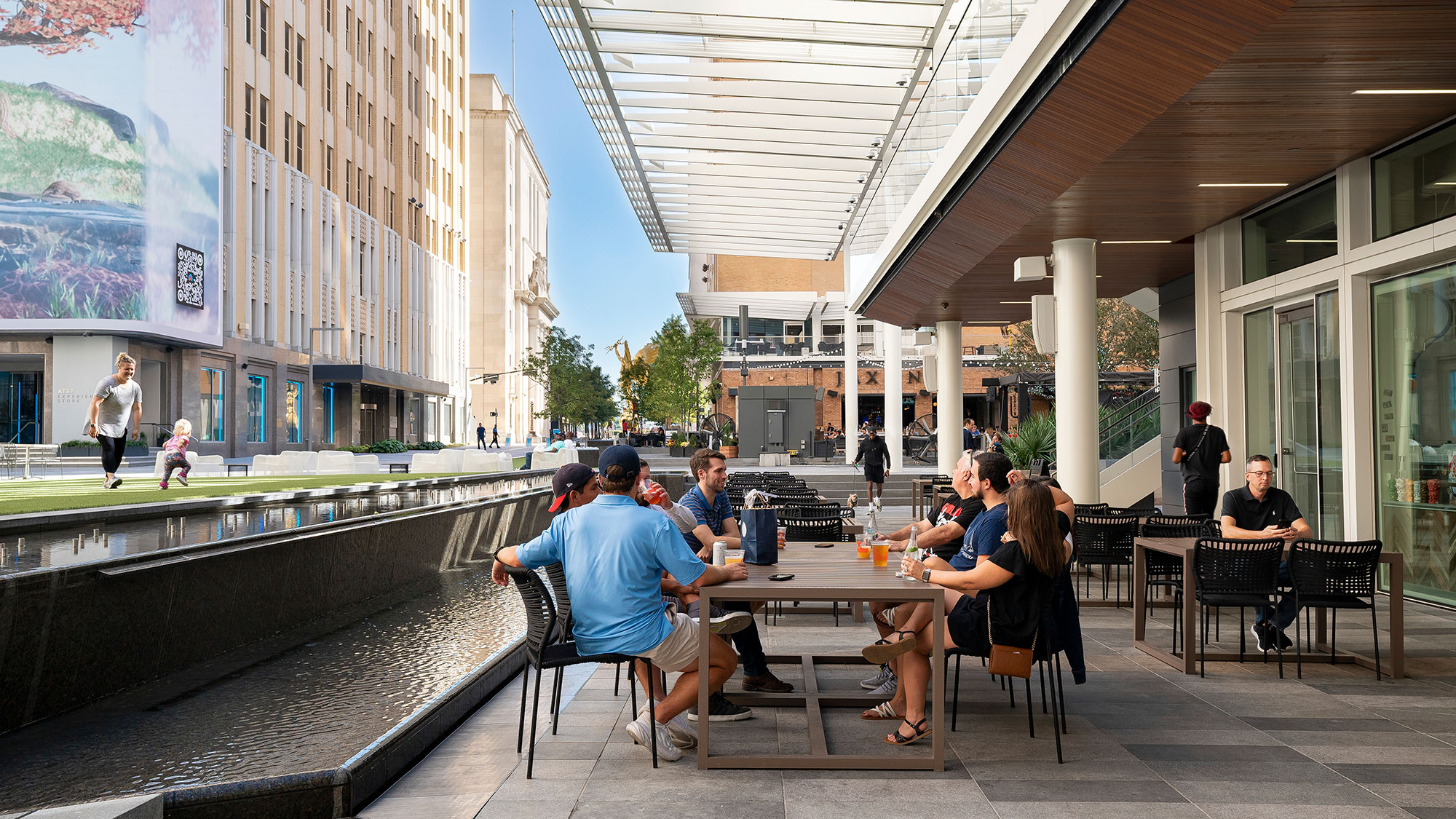
Hit the Workplace Reset Button
This is an incredible moment to hit the workplace reset button. It is an opportunity to shift the conversation from space performance to people performance — to shift from a focus on efficiency to experience! Hybrid is here to stay — it’s time for companies to rethink their workplace culture to be more inclusive of hybrid work and to respond to new ways of working and managing spaces with people first.
The new workplace amenity is being with other people, but it’s also about providing access to private spaces where people can focus without noise, distractions, and interruptions when needed. We should not go back to what was, but experiment, pilot new ideas, and learn what works and what doesn’t. Space management, technology, and policies will need to evolve as new work patterns emerge. As architects, designers, landlords, and employers, we have an incredible opportunity to create a new people-focused work experience that builds relationships and trust, fosters well-being, and promotes inclusion and equity. The new amenities will be those that provide that experience, and become a compelling destination where people want to be.
For media inquiries, email .
